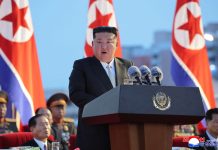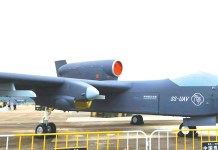As tensions rise between China and Japan, a flotilla from the People’s Liberation Army (PLA) Navy has been sighted in waters near Japanese islands.
China’s ‘Satellite Killer’ Spacecraft Threatens To Puncture US Military In Space By Crippling Its Recon, Navigation & EW Satellites
This move follows what the Chinese state media claim to be Japan’s provocative statements concerning the island of Taiwan.
According to a press release from Japan’s Ministry of Defense Joint Staff, the Japan Maritime Self-Defense Force has detected a flotilla from the People’s Liberation Army (PLA) Navy.
The flotilla includes the Type 055 large destroyer Lhasa, a Type 052D destroyer, a Type 054A frigate, and a Type 903A comprehensive replenishment ship. The vessels were observed sailing westward between two southern Japanese islands on May 11.
The PLA Navy flotilla, as reported in the Japanese press release, was first observed on April 30 when it sailed from the East China Sea through the Tsushima Strait into the Sea of Japan.
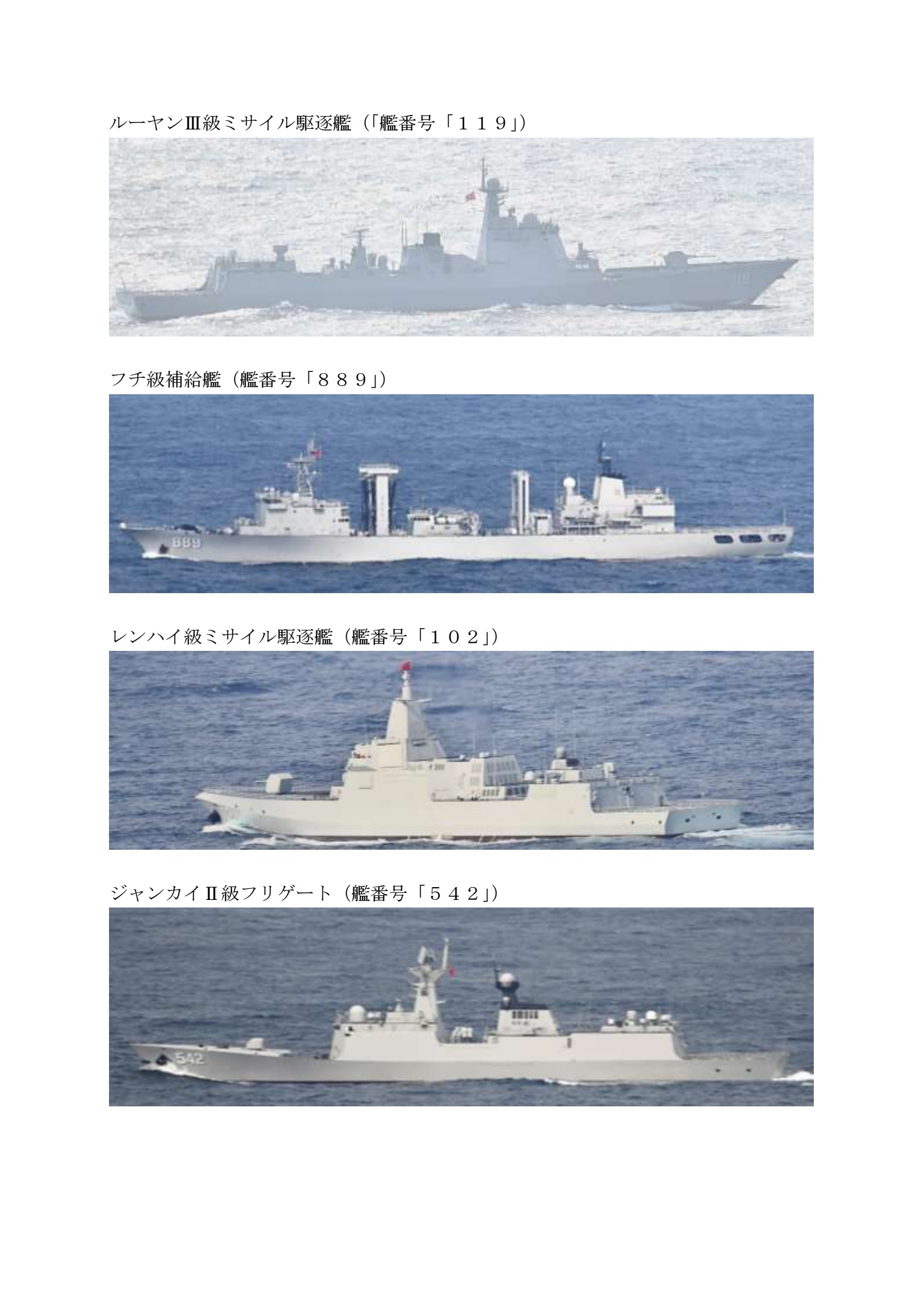
Between May 5 and 6, the flotilla proceeded from the Sea of Japan through the Soya Strait into the West Pacific.
Based on the recorded tracks of the flotilla attached to the Japanese press release, it appears that the Chinese naval vessels are potentially following a clockwise circumnavigation around Japan.
In an interview with Nikkei Asia, Japanese Prime Minister Fumio Kishida stated that the issue of Taiwan is essential not only for Japan but also for the entire world.
Additionally, Kishida emphasized that Japan’s longstanding position is that the Taiwan issue should be resolved peacefully through dialogue. He expressed that the Group of Seven (G7) countries, representing rich democracies, are united in this perspective.
On the same day, Japan’s Foreign Minister Yoshimasa Hayashi confirmed that Japan had lodged a diplomatic protest with China regarding what he described as “extremely inappropriate” comments by Chinese Ambassador to Japan Wu Jianghao.
The Chinese official’s comments were related to Tokyo’s policy toward Taiwan.
In a conference held on April 28, the Chinese Ambassador to Japan, Wu Jianghao, made remarks characterizing the notion that Taiwan is linked to Japan’s security as “absurd and dangerous.”
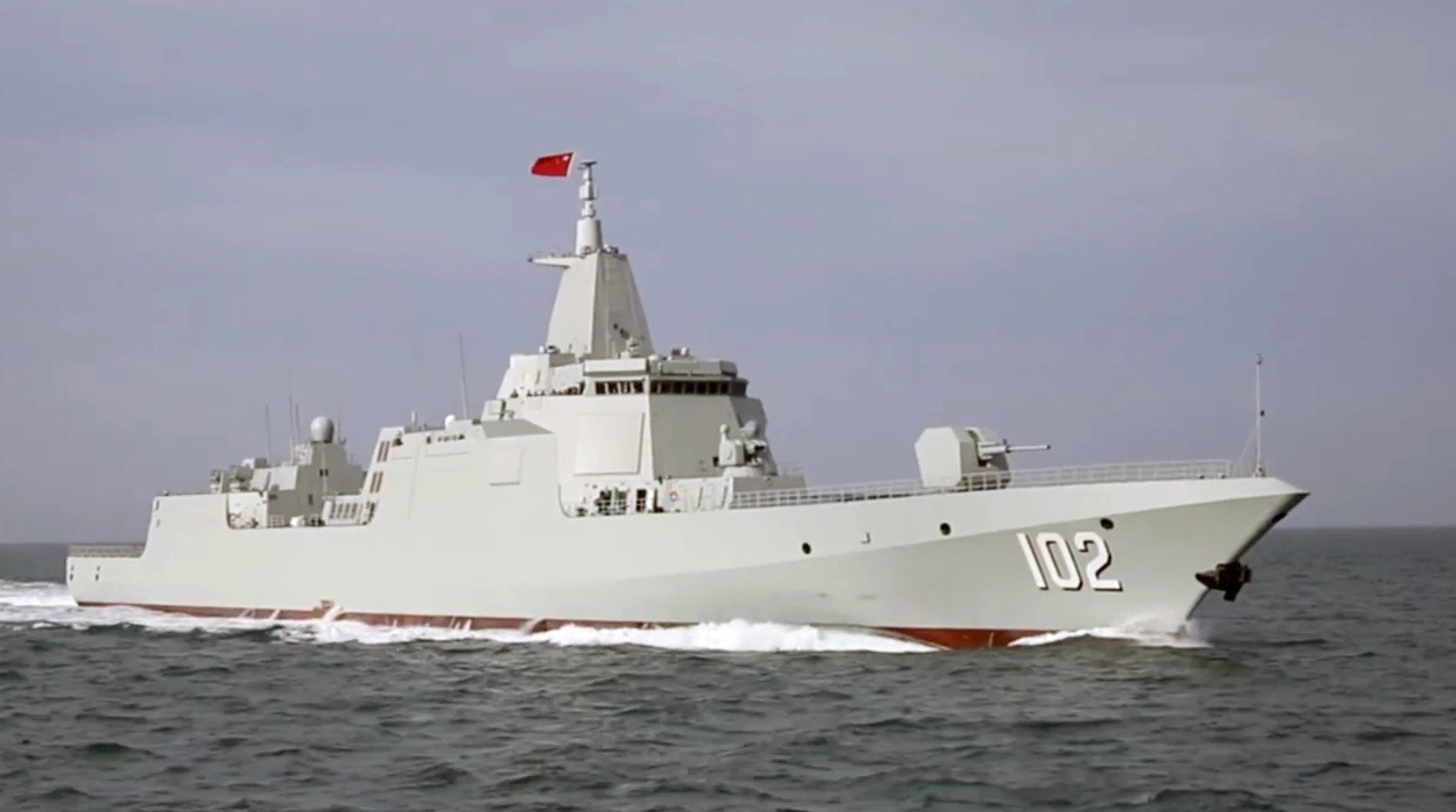
Heightened Military Movements In The Region
Japan has recently announced that it has stationed Patriot missiles on Miyako Island. This island, which holds significant strategic value as a node on the “first island chain,” is located close to Taiwan.
However, Chinese experts have criticized this deployment, who believe it to be a provocative move.
Wei Dongxu, a military expert based in Beijing, told the State media that Japan’s deployment of Patriot missiles in its southwestern islands, including Miyako Island, is unrelated to the Korean Peninsula, which is geographically distant.
Instead, the expert argues that the true intention behind the deployment is to equip these islands with anti-air and anti-ship missile capabilities, potentially indicating preparation for military intervention in the Taiwan issue.
The exchange of contentious rhetoric between China and Japan highlights the increasing regional tensions over the Taiwan issue.
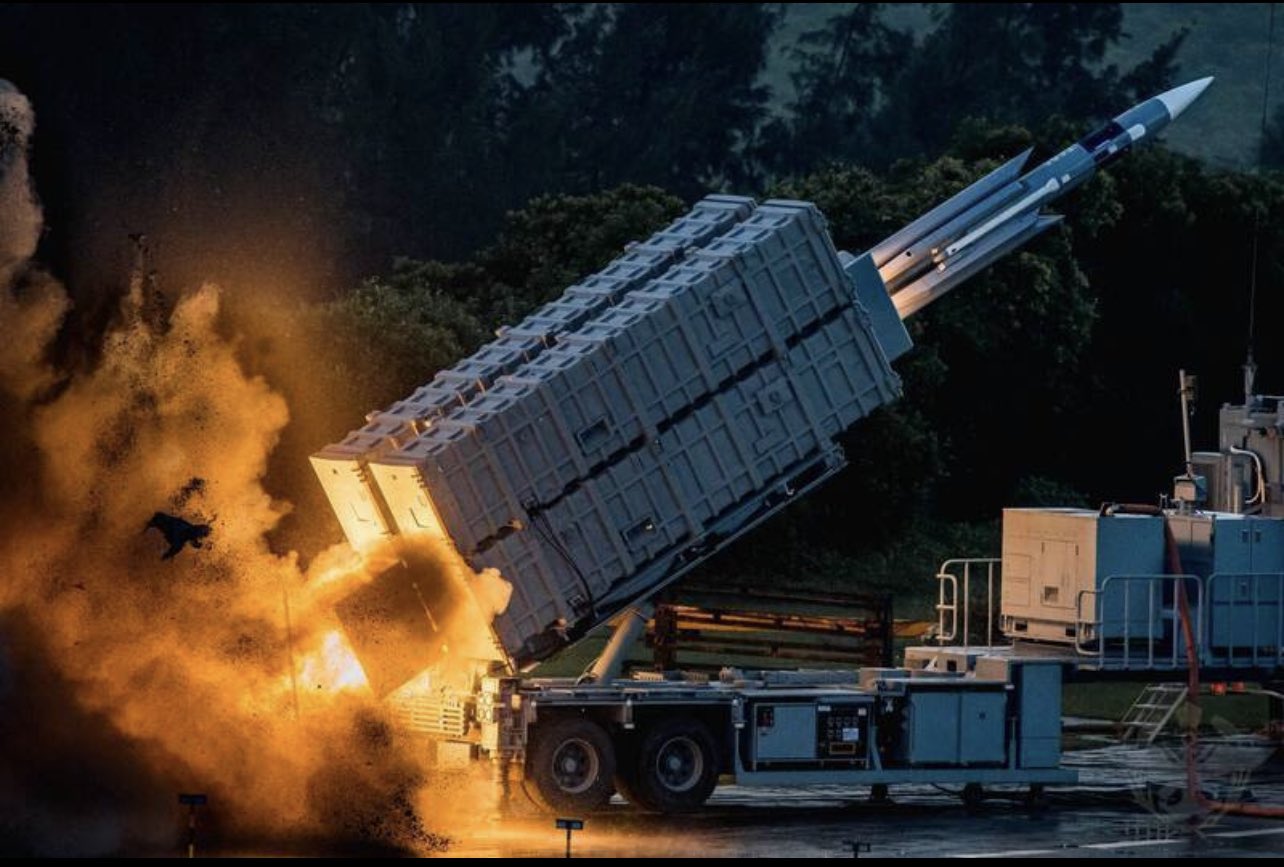
However, a former Chinese military official has warned that although much attention has been concentrated on the Taiwan Strait as the potential flashpoint for a US-China conflict, the outbreak of war could be ignited in an entirely different location.
Zhou Bo, a former senior colonel in China’s PLA, said that the rising number of close encounters at sea and in the air raises the risk of a conflict being initiated by an accidental incident or miscalculation in the heavily militarized South China Sea.
He also noted that a conflict over Taiwan is unlikely to be triggered by accident due to the intense scrutiny of every word and action taken by both sides involved.
The South China Sea is a region where the US and its allies often challenge China’s sovereignty claims, especially in the disputed Spratly and Paracel Islands.
Zhou explained, “The real challenge for China and the US is not to avoid a new Cold War, but avoiding conflict most likely triggered by an accident.”
An incident in late December is a stark example of how difficult these encounters can be. During that incident, a Chinese fighter jet and a US Air Force reconnaissance aircraft came extremely close to each other, with just a distance of three meters (10 feet) separating them over the South China Sea.
Following the incident, both sides engaged in a war of words. The Pentagon asserted that its RC-135 aircraft was lawfully carrying out routine operations in international airspace, while Beijing countered that the aircraft was conducting close-in reconnaissance near China’s southern coastline and the islands it claims in the Paracels.
This exchange reflects the heightened tensions and differing perspectives between the two nations regarding military activities in the region.
- Contact the author at ashishmichel(at)gmail.com
- Follow EurAsian Times on Google News


